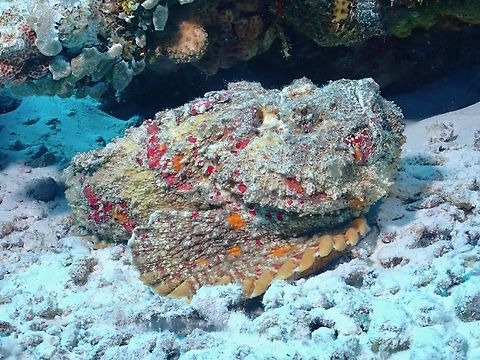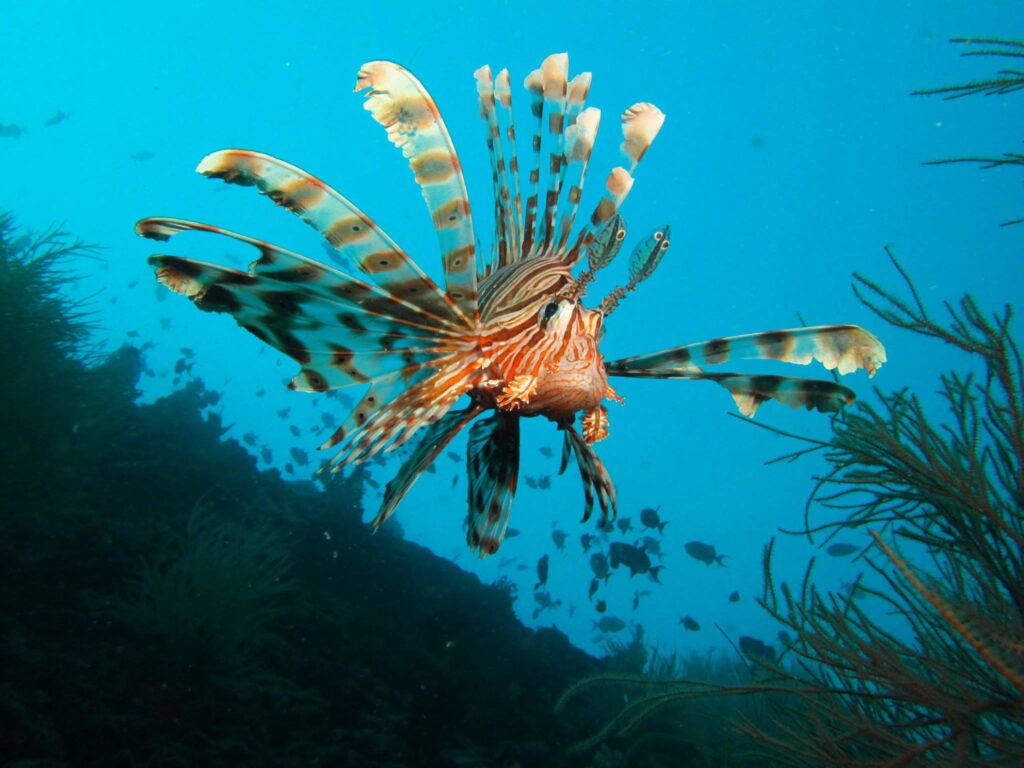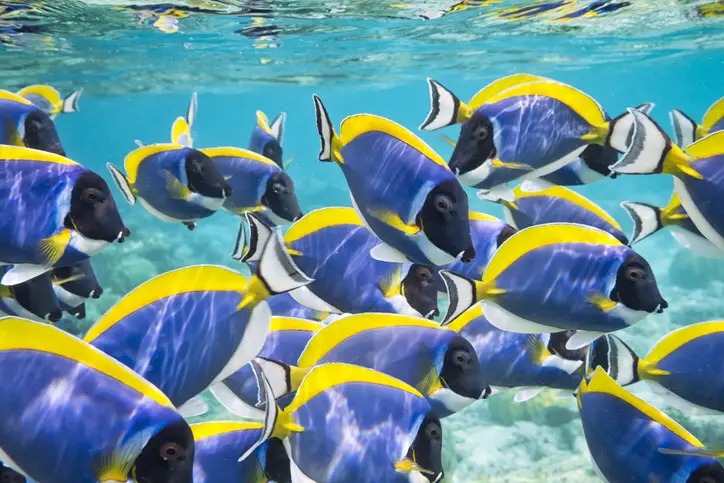Top Dangerous Fishes in the Maldives You Should Know About

The Maldives is famous for its crystal-clear waters, vibrant coral reefs, and abundant marine life. Whether you’re an avid diver, snorkeler, or just a beach lover, encountering the underwater world here is an unforgettable experience. But amid the breathtaking beauty lies a few dangerous fishes in the Maldives that every visitor should be aware of for safety reasons.
If you’re planning a trip or just curious about marine life, here’s a rundown of the top dangerous fishes in the Maldives you should know about!
1. Stonefish (Synanceia verrucosa) – The Master of Camouflage
The stonefish is considered one of the most venomous fishes in the world. Its excellent camouflage makes it nearly invisible as it looks like a rock or coral on the ocean floor. Accidentally stepping on one can result in intense pain, swelling, and even paralysis if untreated.

Why it’s dangerous: The stonefish has venomous spines that can inject toxins deep into the skin, which may cause severe pain and can be life-threatening without immediate medical attention.
Where to spot: Usually found resting on sandy or rocky bottoms near coral reefs, often in shallow waters.
2. Lionfish (Pterois) – The Beautiful but Deadly Predator 🦁
Lionfish are strikingly beautiful with their vibrant red and white stripes and long spines. However, these spines are venomous and can cause extreme pain, swelling, and sometimes allergic reactions.

Why it’s dangerous: The venom can cause intense pain, nausea, and breathing difficulties in rare cases.
Where to spot: Commonly found around coral reefs, wrecks, and lagoons across the Maldives.
3. Moray Eel (Family Muraenidae) – The Hidden Ambusher 🐍
Moray eels aren’t aggressive unless provoked, but their powerful jaws and sharp teeth can cause serious injuries if threatened.

Why it’s dangerous: Bites can cause deep wounds prone to infection.
Where to spot: They usually hide inside crevices and holes in coral reefs, so be careful when reaching into these areas.
4. Surgeonfish (Acanthuridae) – Sharp and Defensive ⚔️
While generally peaceful, surgeonfish have razor-sharp spines on their tails that they use to defend themselves. A sudden flick can cause painful cuts.

Why it’s dangerous: Cuts from their spines can be deep and may become infected if not treated properly.
Where to spot: Often seen swimming in schools around reefs and lagoons.
5. Triggerfish (Family Balistidae) – Aggressive Guardians 🦷
Triggerfish can become aggressive during breeding seasons and if they feel their nests are threatened. Their powerful jaws can inflict painful bites.

Why it’s dangerous: Bites can cause puncture wounds and infections.
Where to spot: Usually found near coral reefs and sandy bottoms.
Safety Tips When Exploring Maldives Waters 🦺
- Wear protective footwear when walking on reefs or shallow waters.
- Avoid touching or provoking marine life, especially hidden creatures like eels or stonefish.
- Follow local dive guides’ advice and never swim alone.
- Seek immediate medical attention if stung or bitten.
Why Knowing These Dangerous Fishes Matters 🌟
Understanding which fish are potentially harmful helps you enjoy the Maldives’ underwater paradise safely. These creatures play an essential role in the ecosystem but require respect and caution. So next time you dive or snorkel, keep an eye out, stay informed, and soak in the incredible biodiversity responsibly!
Final Thoughts
The Maldives offers some of the best marine experiences worldwide, but knowledge about its dangerous fishes is key to a safe adventure. From the venomous stonefish to the striking lionfish, these fishes demand respect for their power and beauty alike.
Planning your Maldives trip? Always include a session with a local marine expert or dive instructor to familiarize yourself with the local marine life and safety protocols.
